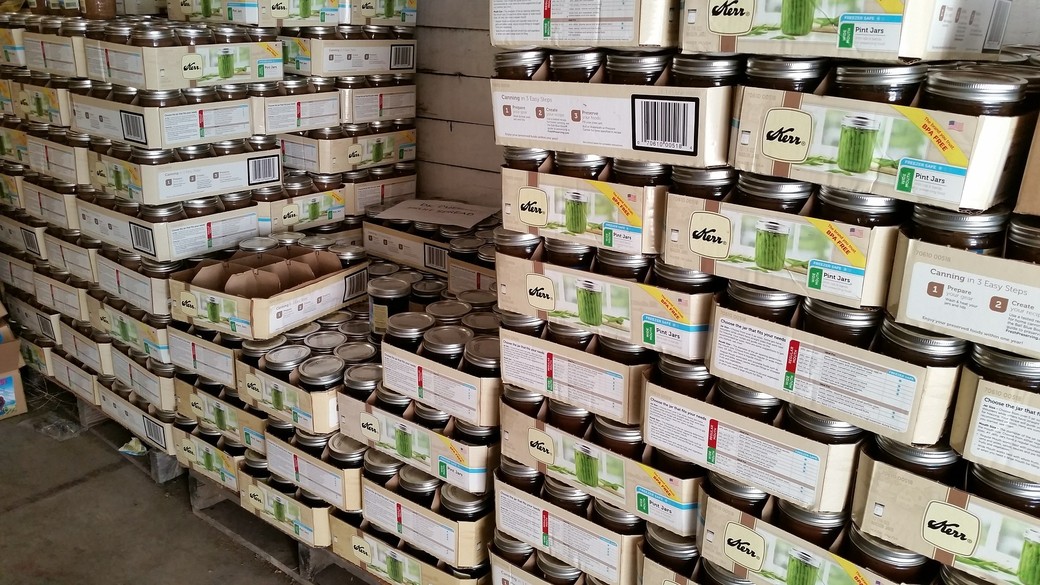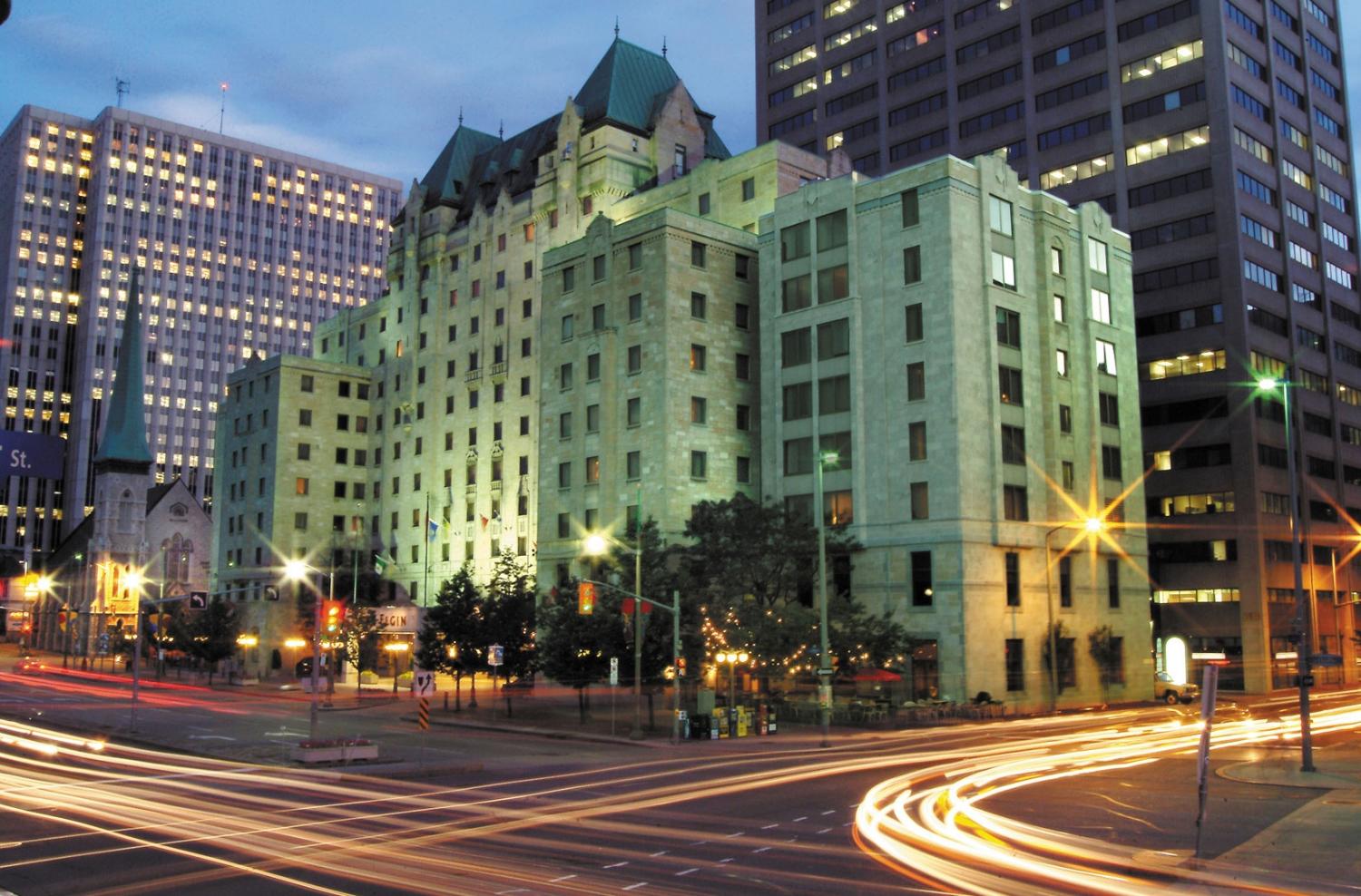
Industrial Storage and Warehousing: Important Fabric Structure Features for Your Warehousing Needs
When you're looking for a warehouse or storage facility, you have many options. You could choose a traditional building made of traditional materials, or you could opt for an industrial storage structure made of steel and fabric. Both types of buildings have their advantages and disadvantages. But if durability, energy efficiency, and low-maintenance are important to your business—and they should be!—then a fabric structure might be just what you need.
Fabric Structure Life Expectancy
When it comes to industrial storage and warehousing, fabric structures offer a lot of benefits. They're durable and easy to maintain, so you can count on them for years of reliable service. If you need to use your warehouse for a different purpose in the future, fabric structures are reusable and recyclable—you'll be able to take them down and put them back up without much work at all. And if you decide your business needs more space in a few years? It's easy enough for one person with basic tools like saws or wrenches to disassemble the structure and reassemble it somewhere else!
Cost of Ownership
The cost of ownership is a key factor in choosing a fabric structure for your warehousing needs. Fabric structures are less expensive to own and maintain than steel or concrete buildings, with average total lifecycle costs often 20-40% lower than those of steel or concrete warehouses. In addition, fabric structures have a longer life expectancy than most other building types.
Fabric structures also offer many sustainable features that can help reduce your carbon footprint while improving your bottom line:
Energy efficiency—Fabric structures are naturally insulated by their flexible fabric walls, which work together with an integrated energy-efficient HVAC system to provide optimal temperature control year-round with minimal power usage
Low maintenance costs—Fabric’s smooth exterior surface requires little cleaning or painting over its lifespan compared with other types of storage buildings
Strength and Durability
Fabric structures are strong and durable. You can trust them to protect your stored products from wind, rain, snow and other weather conditions. They’re also resistant to fire, earthquakes and pests like termites. This makes them an ideal location choice for warehousing needs in both urban and rural areas.
If you need to store large industrial materials that have high value or demand for transport at some point in time (such as steel coils), you’ll want a structure that can stand up to the elements without getting damaged. Fabric structures provide excellent protection against rainwater runoff that can cause corrosion on metal items—a common problem with traditional warehouse designs made from concrete or wood framing materials like timber beams/joists or corrugated roofing sheets
Industrial Storage Facility Size and Height
When determining the size of your industrial storage facility, you'll need to consider how many pallets you'll be storing. If you're currently using a large warehouse or an open-air structure, chances are that you have plenty of room to expand if needed. But if space is limited, it's best not to make any hasty decisions about building size at this point because these larger structures can be costly and difficult to modify later on down the road.
You might also want to ensure that the height of your new storage unit matches those currently in use since there may be other factors (like lighting) that require similar heights between adjacent buildings in order for them to operate efficiently together as one cohesive unit.
Foundation Type
The foundation type depends on the soil conditions. Concrete is the most common foundation, and it may be used in any soil condition where a large load can be supported by a single structure.
Pier and beam foundations are used when there is not enough available space for a concrete pad or slab. They are also found where there is little room to construct footings due to existing obstructions such as soils that have poor bearing capacity or other surface features that prevent installation of conventional foundations.
Piles can be driven into soft or compressible soils at shallow depths. They are typically made of steel sheet piles with either smooth surface or corrugated shape, depending on the design requirements for strength and durability against abrasive resistance from buried objects (e.g., boulders). Anchor bolts can be welded onto the pile head after installation if desired; this option allows the use of less expensive materials for constructing piers above ground level (i.e., cap blocks) since they no longer need extra reinforcement against uplift forces created during cyclical loading cycles associated with seismic activity (such as earthquakes).
Building Component Materials
Fabric buildings are constructed from a variety of materials, including steel, aluminium, and concrete. Steel is the most common material used in fabric structures for its strength and versatility. It's easy to work with on-site and can easily be modified to suit your needs. Steel also has a long lifespan that can withstand harsh weather conditions or heavy loads without losing strength over time.
Insulation and Energy Efficiency
Insulation is a vital feature of any warehouse or storage building. Without it, you may be losing heat during the winter and air conditioning during the summer. There are several types of insulation materials available on the market to help keep your temperature stable throughout all seasons. These include foam, fibreglass, cellulose, and more! Insulating materials can be installed in walls, roofs, floors or other parts of the structure depending on your needs.
Additional Building Features to Consider
As you’re planning your warehousing project, keep in mind that there are many other building features you may want to consider. These include:
Building height and size:
A tall or large building can be an important part of your warehouse strategy. For example, a tall building might be necessary if the load-bearing capability of the soil beneath it is insufficient for its weight. A larger building might make sense if it has enough space to accommodate equipment, inventory and people without being too crowded.
Building location:
The location of your new warehouse could be influenced by factors such as proximity to transportation routes or whether there are existing buildings on nearby sites that could be used under lease or sale/leaseback arrangements. In addition to these practical considerations, you may also choose a particular site because it meets specific aesthetic standards (such as offering views of mountains) or because it's close enough that employees can walk instead of drive between home and work each day—a practice known as "smart growth."
Building orientation
Many warehouses have entrances along one side so trucks can easily drive straight inside from roads outside; however some warehouses prefer front entrances where customers can enter directly into sales areas rather than having them park first before making purchases at check-out counters located elsewhere within each store building structure itself."
You have several options when investing in industrial storage or warehousing, but fabric buildings offer the most advantages.
You have several options when investing in industrial storage or warehousing, but fabric buildings offer the most advantages. Fabric buildings are durable and cost effective. They’re easy to install and can be built in a short time, which means you can get your business up and running quickly. Fabric buildings are customizable and can be built to any size—from a small shed for storing equipment to an extra large structure that will house multiple trucks or other large vehicles.
Fabric structures also have energy efficiency benefits that make them a great choice for industrial storage or warehousing applications: they insulate against heat loss during winter months; keep out hot summer temperatures; provide shade from the sun; reduce water run-off; allow natural ventilation inside the building; prevent condensation buildup on walls during cold weather conditions (which reduces moisture damage); resist insects like termites or carpenter ants better than traditional materials like wood because they don’t offer food sources such as rotting wood fibers like traditional construction materials do!
Conclusion
You can find industrial storage and warehousing that meet your needs by considering the factors we’ve covered in this article. From durability and longevity to cost-effectiveness and energy efficiency, fabric buildings have many advantages over other types of construction.










